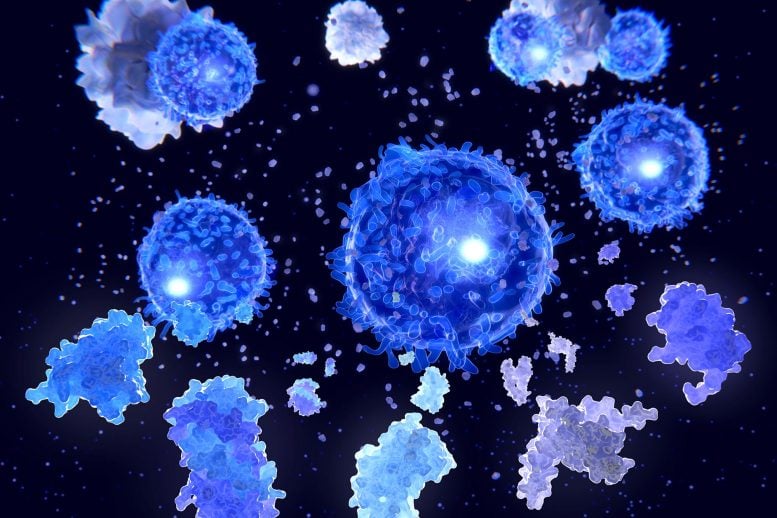
Researchers developed cell membrane nanovesicles acting as decoys for SARS-CoV-2 and inflammatory cytokines. These nanoparticles showed promise as a potential therapeutic strategy for COVID-19 by inhibiting SARS-CoV-2 infection and reducing lung injury in a mouse model.
Researchers report the development of cell membrane nanovesicles that carry receptors for SARS-CoV-2 and various inflammatory cytokines on their surfaces, thereby acting as decoys for both SARS-CoV-2 and inflammatory cytokines; the decoy nanoparticles inhibited infection by SARS-CoV-2 and neutralized inflammatory cytokines in vitro, and reduced lung injury in a mouse model of acute lung inflammation, suggesting that they could be a potential therapeutic strategy for COVID-19, according to the authors.
Significance
The COVID-19 pandemic caused by SARS-CoV-2 infection has led to more than 840,000 deaths worldwide as of August 31, 2020. Unfortunately, no licensed vaccine or specific treatment is available right now. Herein, we report a decoy nanoparticle against COVID-19. The decoy nanoparticles were constructed by fusing cell membrane nanovesicles derived from genetically engineered cells, which stably express SARS-CoV-2 receptor ACE2, and human monocytes, which display abundant cytokine receptors. By competing with host cells, these nanodecoys efficiently adsorb viruses and inflammatory cytokines such as IL-6 and GM-CSF. These two functionalities allow effective intervention of viral infection and its associated immune disorder, presenting a promising therapeutic strategy for COVID-19 and other potential epidemics.
Abstract
The COVID-19 pandemic, caused by severe acute respiratory syndrome coronavirus 2 (SARS-CoV-2), has highlighted the urgent need to rapidly develop therapeutic strategies for such emerging viruses without effective vaccines or drugs. Here, we report a decoy nanoparticle against COVID-19 through a powerful two-step neutralization approach: virus neutralization in the first step followed by cytokine neutralization in the second step. The nanodecoy, made by fusing cellular membrane nanovesicles derived from human monocytes and genetically engineered cells stably expressing angiotensin converting enzyme II (ACE2) receptors, possesses an antigenic exterior the same as source cells. By competing with host cells for virus binding, these nanodecoys effectively protect host cells from the infection of pseudoviruses and authentic SARS-CoV-2. Moreover, relying on abundant cytokine receptors on the surface, the nanodecoys efficiently bind and neutralize inflammatory cytokines including interleukin 6 (IL-6) and granulocyte−macrophage colony-stimulating factor (GM-CSF), and significantly suppress immune disorder and lung injury in an acute pneumonia mouse model. Our work presents a simple, safe, and robust antiviral nanotechnology for ongoing COVID-19 and future potential epidemics.
Reference: “Decoy nanoparticles protect against COVID-19 by concurrently adsorbing viruses and inflammatory cytokines” by Lang Rao, Shuai Xia, Wei Xu, Rui Tian, Guocan Yu, Chenjian Gu, Pan Pan, Qian-Fang Meng, Xia Cai, Di Qu, Lu Lu, Youhua Xie, Shibo Jiang and Xiaoyuan Chen, 6 October 2020, Proceedings of the National Academy of Sciences.
DOI: 10.1073/pnas.2014352117


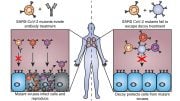


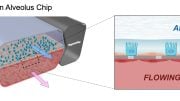
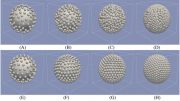
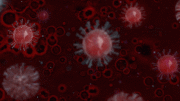
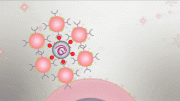
Be the first to comment on "Decoy Nanoparticles Protect Against COVID-19 by Adsorbing Both Viruses and Inflammatory Cytokines"